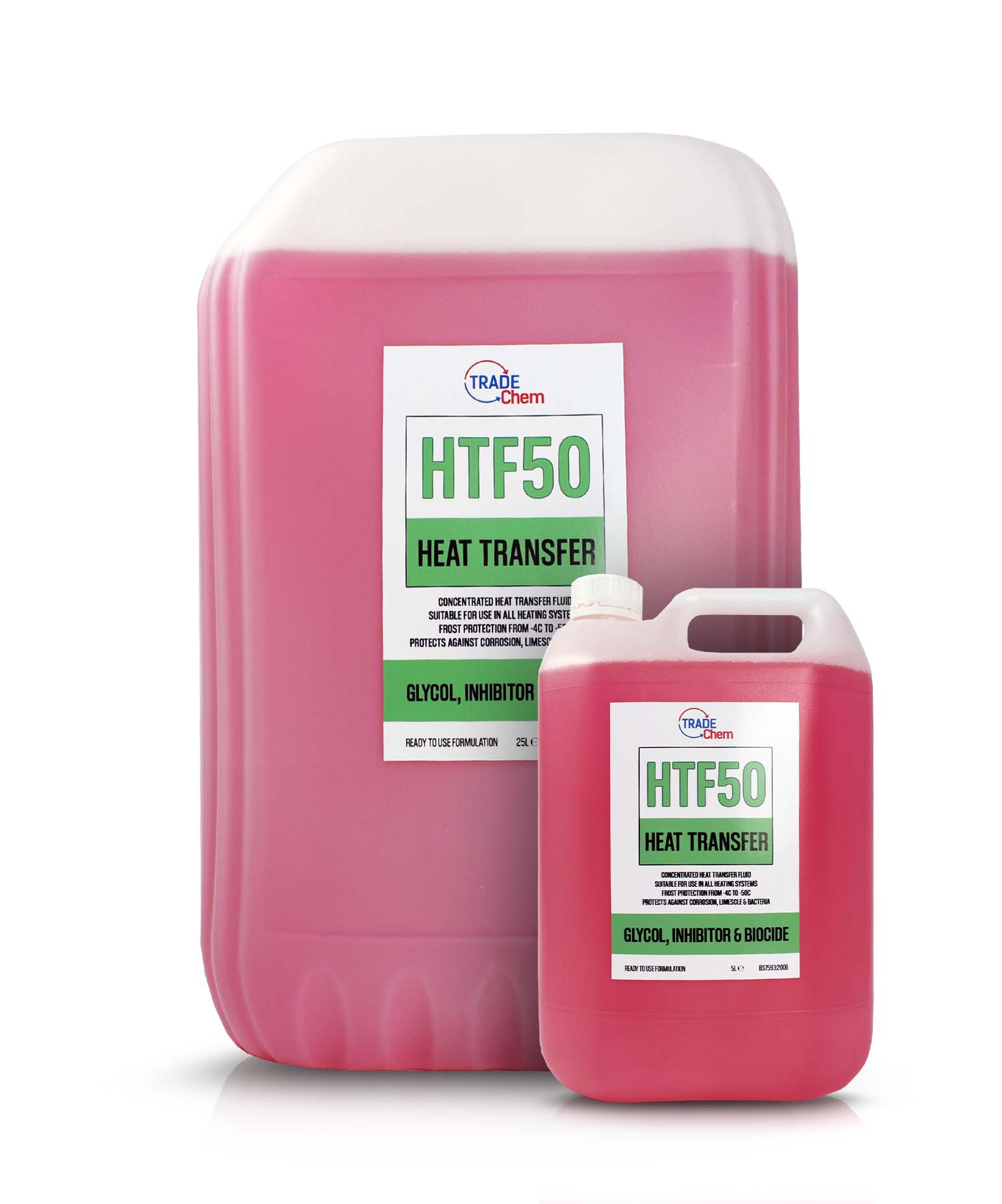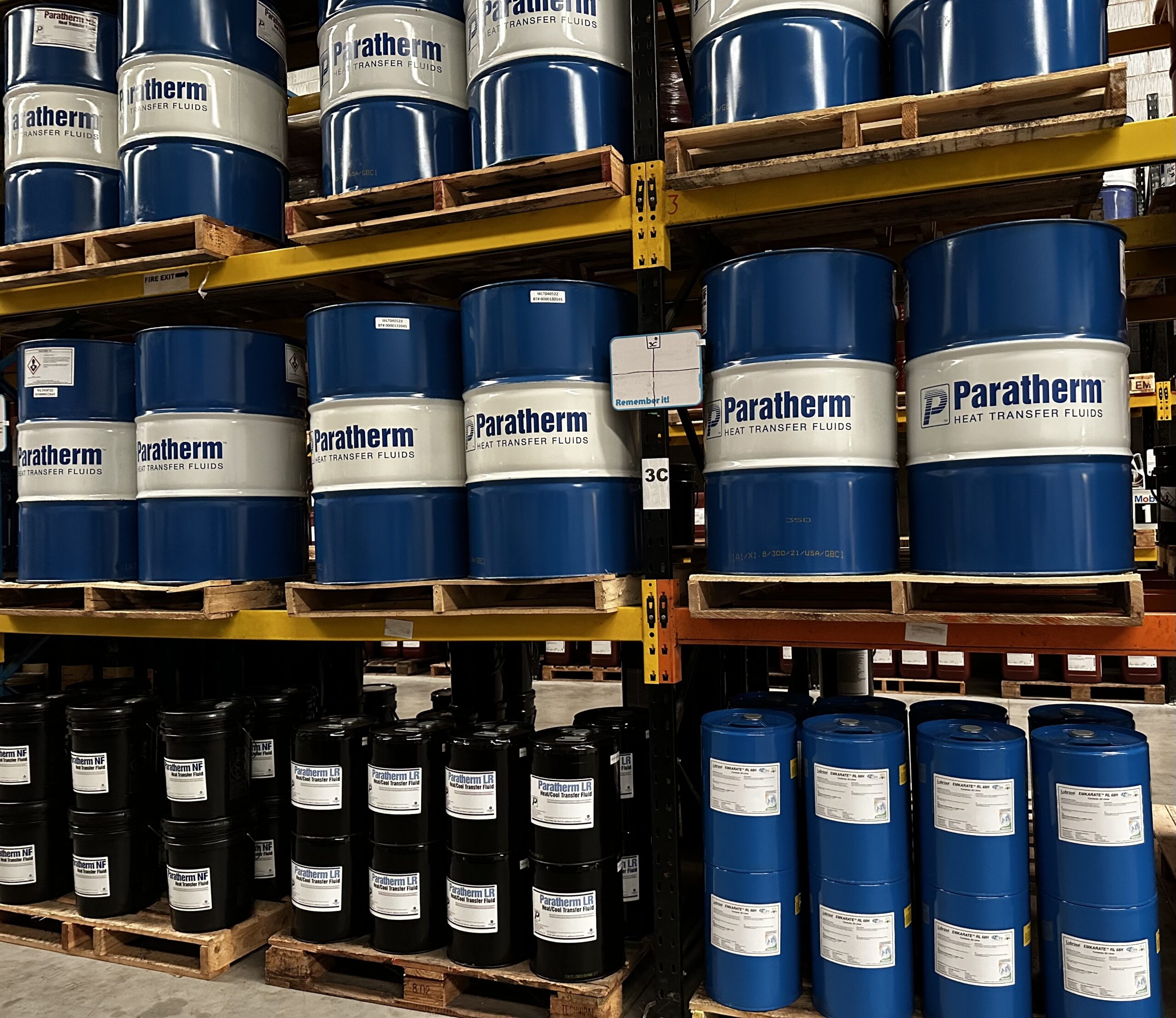Top Factors To Consider for Selecting the Right Heat Transfer Fluid for Your Requirements
Top Factors To Consider for Selecting the Right Heat Transfer Fluid for Your Requirements
Blog Article
Why Warmth Transfer Liquid Is Crucial for Optimizing Energy Transfer in Solution
The duty of warmth transfer fluids in maximizing power transfer is crucial for attaining effective thermal management throughout different industrial fields. These liquids promote smooth warmth exchange, guaranteeing procedures run within optimal temperature varieties and mitigating the danger of getting too hot.

Function in Thermal Management
Warm transfer fluids play an essential role in thermal administration by successfully controling temperature levels in various industrial processes and systems. These specialized liquids facilitate the transfer of heat between different components, ensuring optimum operating problems and avoiding overheating. By keeping exact temperature level control, heat transfer liquids allow sectors such as chemical production, oil and gas, and power generation to operate securely and efficiently.
The selection of an ideal warm transfer liquid relies on numerous aspects, including thermal stability, warmth ability, and viscosity. High thermal security guarantees that the fluid can endure extreme temperatures without weakening, while a high warm capacity permits it to soak up and release considerable quantities of warmth - heat transfer fluid. Reduced viscosity minimizes the energy required for pumping, adding to overall system performance
In addition, warmth transfer liquids are essential in applications like refrigeration, where they assist soak up and dissipate warmth throughout the cooling cycle. In solar thermal energy systems, these fluids capture and transport solar heat to generate electrical energy or provide warm water. Their flexibility to diverse operating conditions and capacity to preserve regular thermal efficiency emphasize their importance in industrial thermal monitoring, facilitating operational continuity and improving precaution.

Enhancing System Effectiveness
To make the most of the advantages of thermal administration, improving system efficiency with the calculated use of warm transfer fluids is vital. By maintaining ideal temperature levels, heat transfer fluids aid make certain that systems run within their made specifications, therefore preventing overheating and minimizing the risk of element failing.

Kinds Of Warmth Transfer Liquids
The variety of warmth transfer liquids emphasizes their essential role in a series of commercial applications, each tailored to fulfill particular thermal monitoring needs. These fluids facilitate effective energy transfer and are selected based on crucial residential or commercial properties such as thermal stability, thickness, and warmth ability. The key types include water, glycol remedies, oils, and synthetics, each offering unique benefits.
Water is one of the most common heat transfer medium because of its high certain warm capability and inexpensive. However, its use is limited by its cold and steaming points. Glycol combinations, typically utilized in cooling and heating systems, supply a reduced cold factor, including adaptability in various environments. Mineral oils are preferred for their thermal stability and non-corrosive nature, making them suitable for high-temperature applications.

Artificial liquids, consisting of silicone and fragrant compounds, provide exceptional thermal security and are utilized in atmospheres requiring severe temperature level ranges. These liquids make certain exceptional efficiency in systems where standard fluids may stop working. The option of a Source warm transfer liquid is vital, as it affects system efficiency, safety, and longevity. Each kind has to be picked to straighten with the functional needs and the particular problems of the application it offers.
Environmental and Economic Conveniences
Using the best warmth transfer liquids provides significant environmental and economic advantages for commercial procedures. Environmentally friendly warmth transfer fluids, commonly naturally degradable and non-toxic, minimize the danger of dirt and water contamination in the occasion of leaks or spills, therefore protecting ecological communities and complying with strict ecological regulations.
Financially, the appropriate warmth transfer fluid can considerably look at more info minimize functional prices. Efficient heat transfer decreases energy expense, resulting in reduced utility bills and enhanced earnings. Fluids with extended lifecycle performance lower the regularity of replacements and maintenance, reducing downtime and associated costs. Investing in top quality liquids can likewise mitigate the threat of tools rust and failing, avoiding costly repair services and expanding the life-span of essential framework. In open markets, these financial savings and efficiencies provide a distinctive advantage, enabling companies to designate sources better and buy further development. In general, the strategic use optimal heat transfer liquids sustains lasting financial development and ecological stewardship.
Picking the Right Fluid
How does one browse the intricate procedure of selecting the right heat transfer liquid for commercial applications? Choosing the appropriate liquid is critical, as it straight affects system performance, safety and security, and operational prices. Trick considerations consist of thermal stability, compatibility with system materials, and running temperature level array. Thermal stability ensures the liquid can endure high temperatures without deteriorating, while compatibility protects against deterioration or various other harmful responses with system components. The operating temperature level range have to line up with the system's requirements to preserve efficiency and longevity - heat transfer fluid.
Additionally, the fluid's warm capability and viscosity are extremely important. A high heat capacity enables the liquid to soak up and move more energy, improving effectiveness. Optimal thickness makes certain marginal pump work and reliable warm transfer, particularly in differing temperatures. Environmental and safety and security facets should additionally belong to the decision-making process. Non-toxic, eco-friendly liquids reduce ecological impact and abide read this by regulative requirements, decreasing responsibility risks.
Conclusion
The tactical option and application of warmth transfer fluids are fundamental to enhancing energy transfer throughout numerous systems. By ensuring high thermal stability and ability, these liquids provide exact temperature control and enhance total system effectiveness.
Report this page